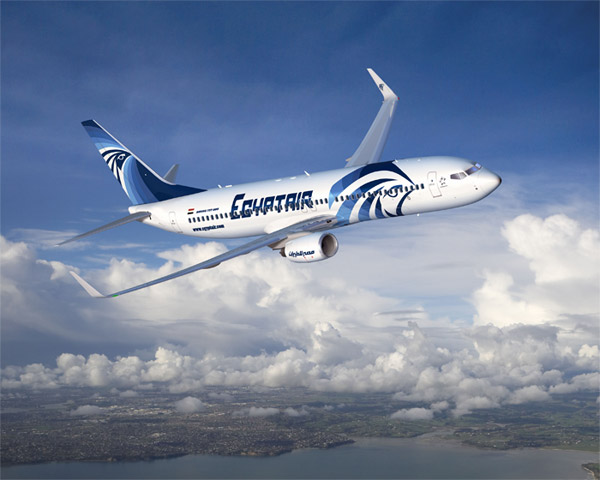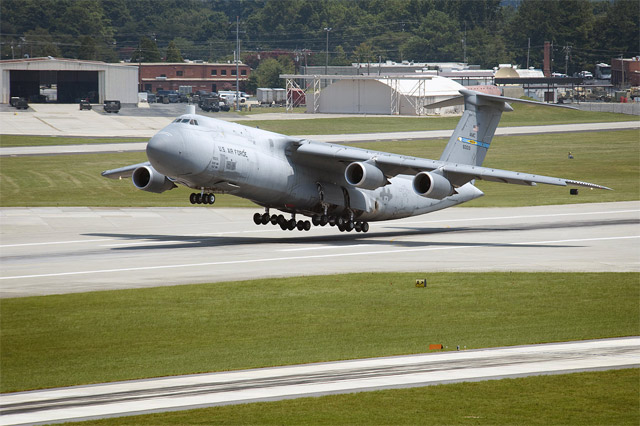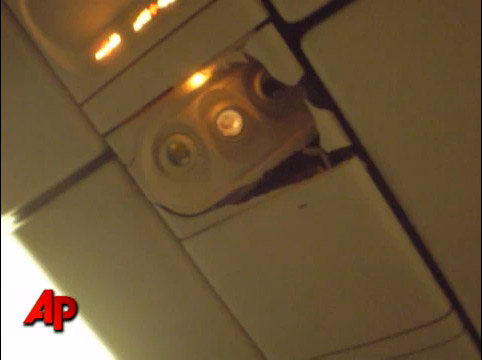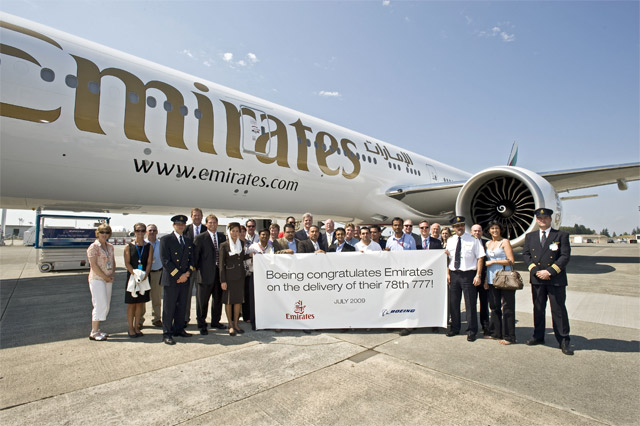Boeing and the U.S. Navy on Thursday formally unveiled the newest maritime patrol and reconnaissance aircraft, the P-8A Poseidon.
A derivative of the Next-Generation 737-800, the P-8A is a long-range anti-submarine warfare, anti-surface warfare, intelligence, surveillance and reconnaissance aircraft capable of broad-area, maritime and littoral operations.
“The P-8A Poseidon will equip the U.S. Navy with the most advanced multi-mission maritime patrol and reconnaissance aircraft in the world,” said Jim Albaugh, president and CEO of Boeing Integrated Defense Systems.
As the replacement for the Navy’s P-3C Orion aircraft, the P-8A will provide greater payload capacity, significant growth potential, unprecedented flexibility and interoperability, and advanced mission systems, software and communications.
The P-8A is built by a Boeing-led industry team that includes CFM International, Northrop Grumman, Raytheon, Spirit AeroSystems and GE Aviation. The team currently is assembling and testing the first five P-8As as part of the program’s System Development and Demonstration contract, awarded in 2004.
The integrated Navy/Boeing team will begin formal flight testing of the P-8A later this year. The Navy plans to purchase 117 P-8As, and initial operational capability is planned for 2013.
Source: Boeing
Photo: Boeing









